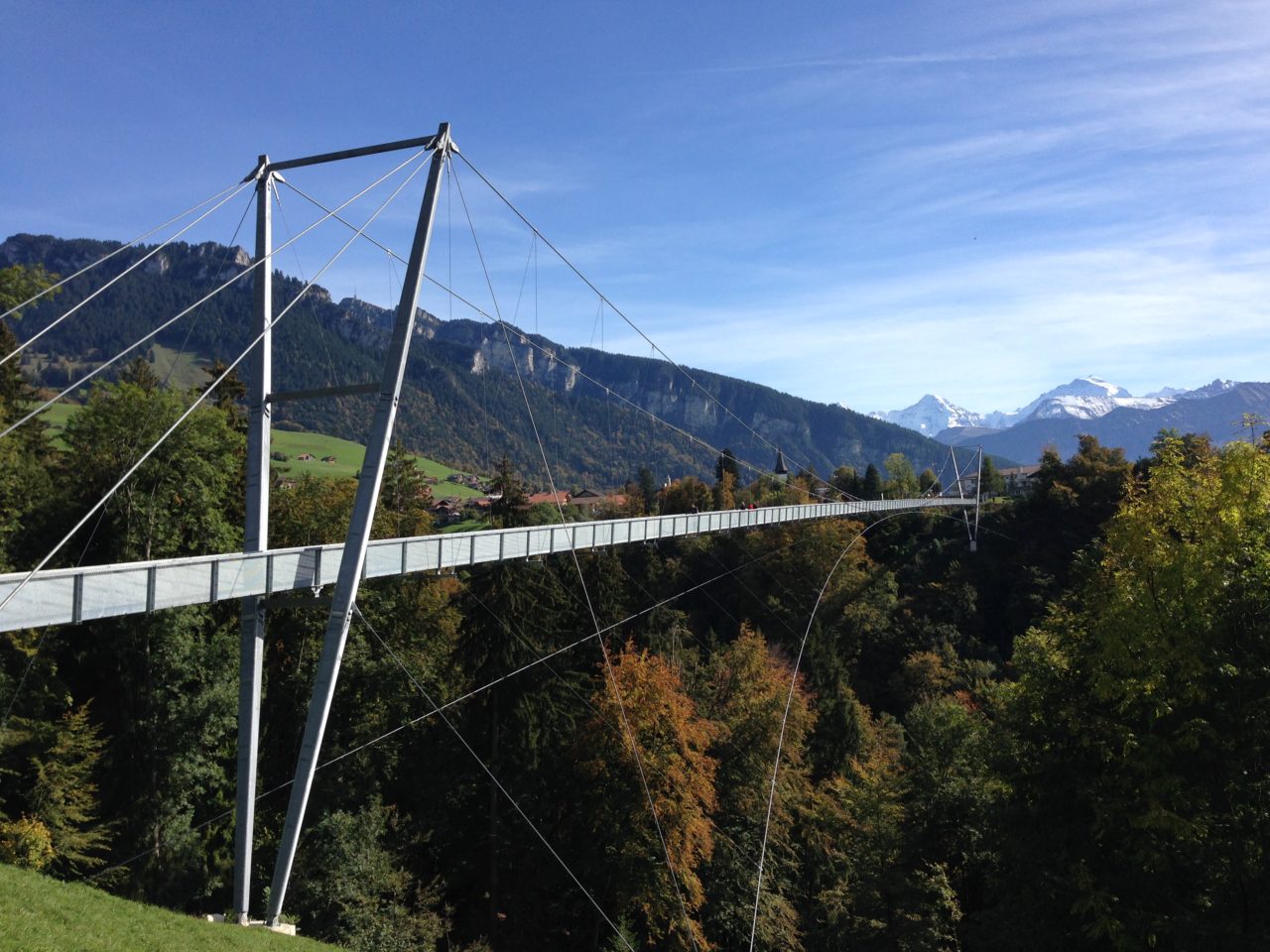
Interventions must be executed on infrastructure networks in urban areas to ensure that they provide adequate levels of services. The optimal planning of these interventions requires consideration of the work of many experts to appropriately consider the spatial and temporal aspects of the networks, how the networks might be expected to change in the future, and how society might react to inadequate levels of services. Future work to enable the development of optimal intervention programs in the real world, requires research involving not only classical engineers, but also architects, spatial planers, traffic planners, and social scientists.
Infrastructure networks in urban areas, such as electricity, gas, road, sewer and water distribution networks, are built to provide services to the public. Since these networks deteriorate over time, preventive and corrective interventions must be executed to ensure that they provide the desired levels of services. As disruptions to service normally occur due to both preventive and corrective interventions, infrastructure managers in urban areas are interested in determining an optimal balance between them.
Complex Interventions in Urban Areas
The optimal planning of interventions in urban areas, where there are multiple overlapping infrastructure networks, is significantly more complex than in other situations. It requires consideration of how both the execution of interventions on, and the failure of, one network, may affect the ability of the other networks to provide service. Such modelling includes both spatial and temporal aspects of the existing infrastructure networks, and consideration of how the infrastructure might be expected to change in the future. Both, require the work of groups of experts in different fields. The required experts for the former, include experts on climate change, infrastructure behavior, the use of infrastructure when it is not behaving as expected, and the societal reactions to underperforming infrastructure. The required experts for the latter, include experts on spatial planning and regional development, the ability to adapt infrastructure to changing needs, the use of infrastructure under changing circumstances, and societal reactions to inadequately designed infrastructure.
Researchers in the Infrastructure Management Group are making steps forward to confront the technical challenges of planning interventions optimally in urban areas. These include determining how interventions can be optimally planned on road networks (Lethanh et al., 2014; Lethanh et al., 2016), water distribution networks, rail networks, and simultaneously on multiple networks in urban areas (Kielhauser et al., 2016). The development of truly optimal intervention programs in urban areas in the real world, however, requires not only confronting technical challenges but also societal ones, such as dealing with the competing interests of different infrastructure managers, different political instances, and different stakeholders. Future work, therefore, requires research involving not only classical engineers, but also architects, spatial planers, traffic planners, and social scientists.
Prof. Dr. Bryan T. Adey is the head of the Infrastructure Management Group in the Institute of Construction and Infrastructure Management at the Swiss Federal Institute of Technology in Zürich (ETH Zürich). His research is focused on improving the construction and management of infrastructure by conducting and guiding research that results in the provision of cutting edge frameworks, methodologies, models and tools for the management of infrastructure. Special attention is focused on the improvement of decision making from general planning for entire networks to detailed planning for specific projects. His teaching objectives are to prepare students to be future infrastructure managers, capable of making decisions to ensure that infrastructure is managed to maximize the benefit for society, to ensure that students benefit from the right combination of theoretical knowledge and practical experience within their learning experience, and to help students develop skills useful in both practice and research in the field of infrastructure management, including thinking beyond current state-of-knowledge.
Kielhauser, Clemens; Adey, BryanT.; Lethanh, Nam (2016): Investigation of a static and a dynamic neighbourhood methodology to develop work programs for multiple close municipal infrastructure networks, Structure and Infrastructure Engineering. Mehr
Lethanh, Nam; Adey, Bryan T.; Sigrist, Manuel (2014): A mixed-integer linear model for optimizing work zone interventions on a transportation network. International Conference on Engineering and Applied Sciences Optimization, Kos Island, Greece, June 4-6.
Lethanh, Nam; Adey, Bryan T.; Burkhalter, Marcel (2016): Determining optimal work-zones on large infrastructure networks in a geographic information system. International Symposium on Infrastructure Asset Management (SIAM), Kyoto, Japan 21-22.
Image: Panoramabrücke Sigriswil, aufgenommen von Anne-Marie Weiersmüller.